Electrical applications leverage the conductive properties of iron and widely utilize this material in the form of wire. This wire is available in a range of thicknesses, known as gauges, and can either be solid or composed of multiple strands.
When needing metal wiring which is not likely to move or bend, solid iron wire is typically the ideal choice for a sturdy and reliable installation. However, when flexibility is vital, stranded iron wire is usually the go-to option for its highly maneuverable capabilities – ideal for electrical jobs that require movement or shift-shifting.
The quality of iron wire is determined by the carbon content that it contains. From softest to strongest, the grades are soft iron wire, medium carbon wire, and highest-grade high carbon wire.
When it comes to electrical purposes, soft iron wire is the go-to choice. Crafted from low carbon iron, this type of wire is pliable and offers an easy to work with material that can be manipulated to fit a range of needs. Compared to its other metal counterparts, soft iron wire is more malleable and a superior option when considering electrical use.
Constructed using medium carbon iron, medium carbon wire has a harder and more rigid quality than its soft iron counterpart. This type of wire frequently finds purpose in industries requiring maximum strength, for instance when employed for electrical motor operations.
With its high carbon iron content, high carbon wire is designed to withstand the utmost pressure and is virtually rigid in comparison to any other type of iron wire. It can often be found lending its superior strength to projects calling for utmost reliability, such as suspension bridges or walkways.
When eyeing iron wire for any purpose, it is essential to be aware of the strength, flexibility, and durability of the material. Naturally, the grade of the wire directly influences its cost.
Related Product
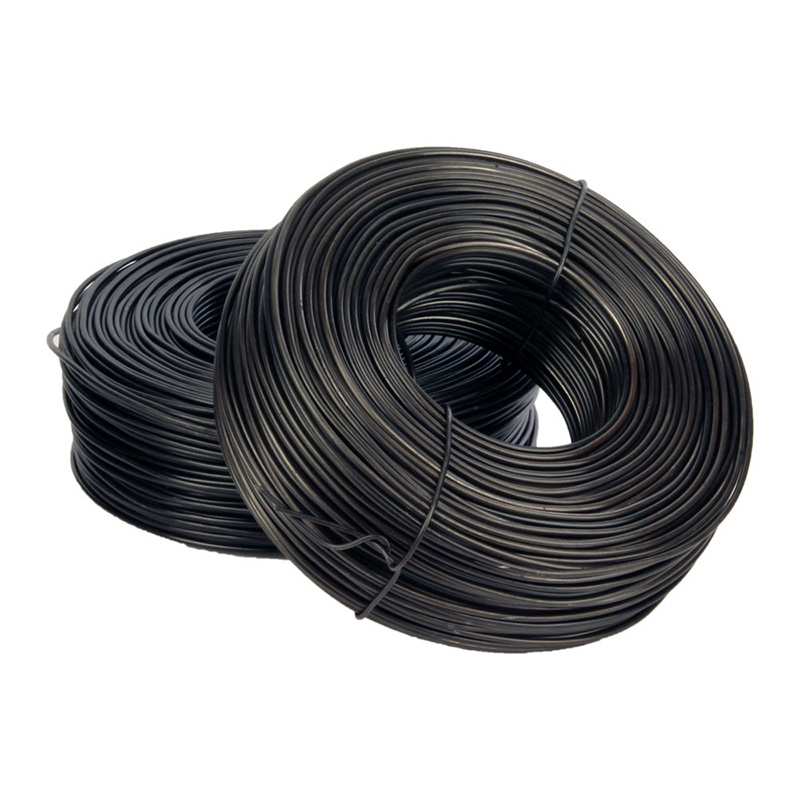
Tie Wire
Production Process of rebar tie wire : Steel rod coil — Wire Drawing — Wire Annealing–Rust Removing–Acid Washing– Boiling– Drying– Zinc Feeding– Wire Coiling. Wires Type 1.Galvaniz […]
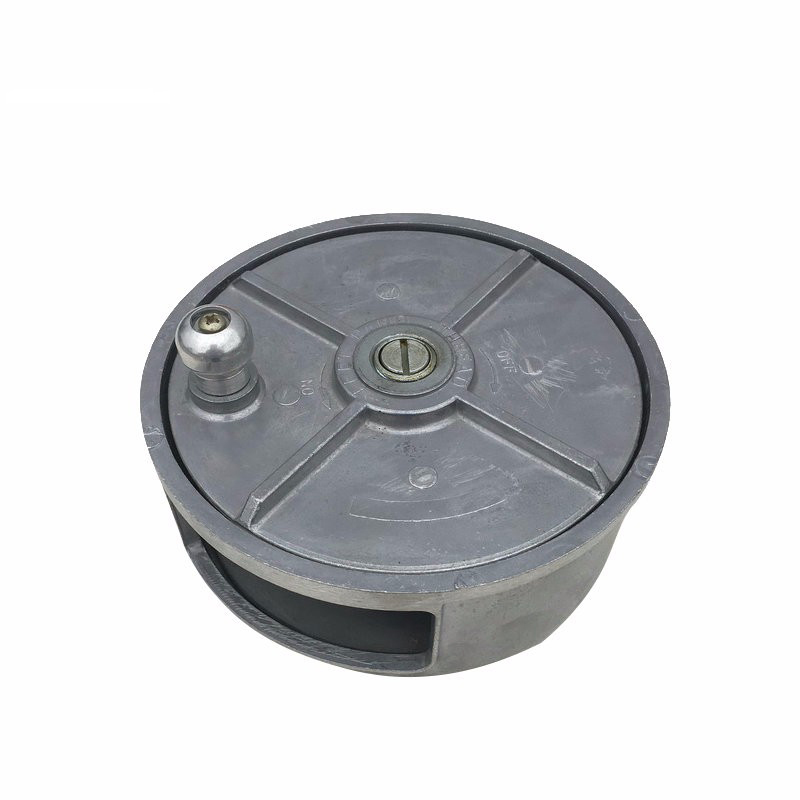
Reel Wire Tool
Product information: Specification of Aluminum Tie Wire Reel Material Plastic & Aluminum Weight 1.95LBS Application Binding Wire MOQ 1000pcs Sample Free Package 5PCS/CARTON &nb […]
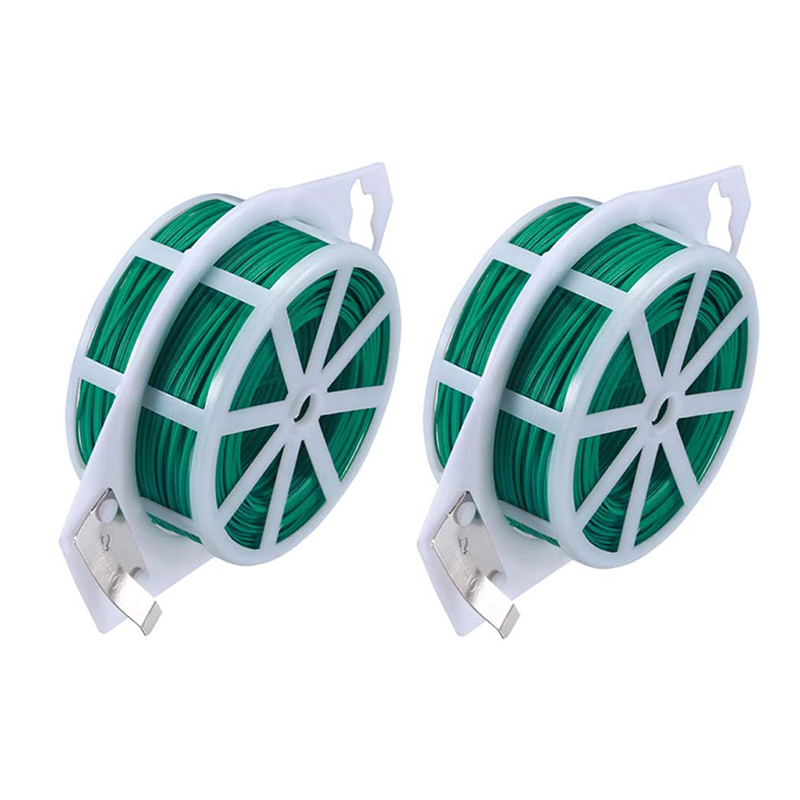
Garden Wire
Product information: The garden shingling is made of pvc plastic and high-quality galvanized iron wire, which is 3 to 4 times faster than any material, and the buckle is loose, the […]
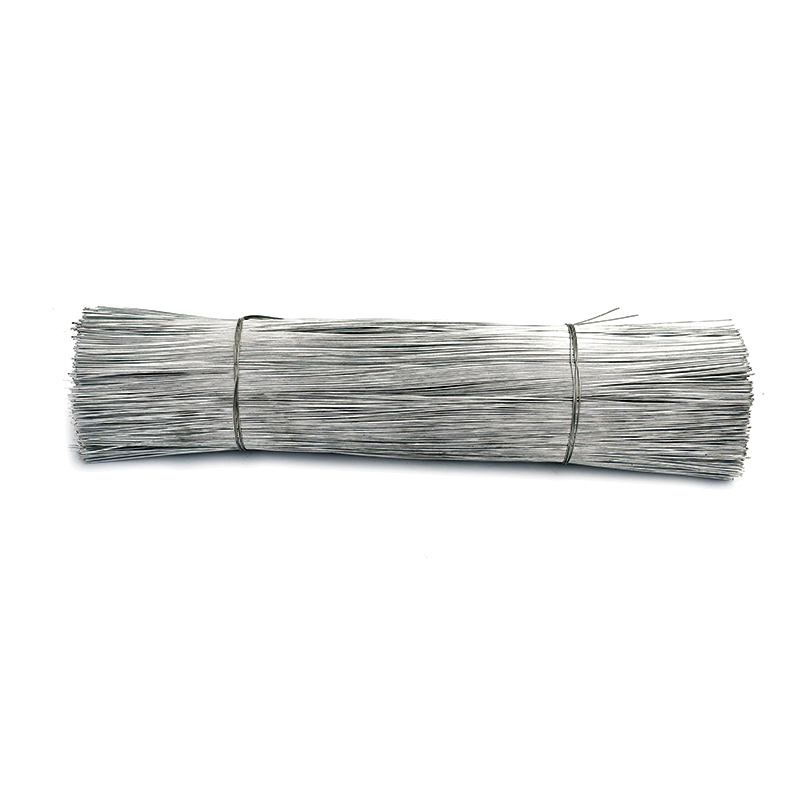
Cutting Wire
Product Description: Product Name Cutting Wire Zinc Coating 30-70g Place of Origin Chinese mainland Tensile Strength 33-50kg/mm2 Material Electro galvanizedHot dipped galvan […]
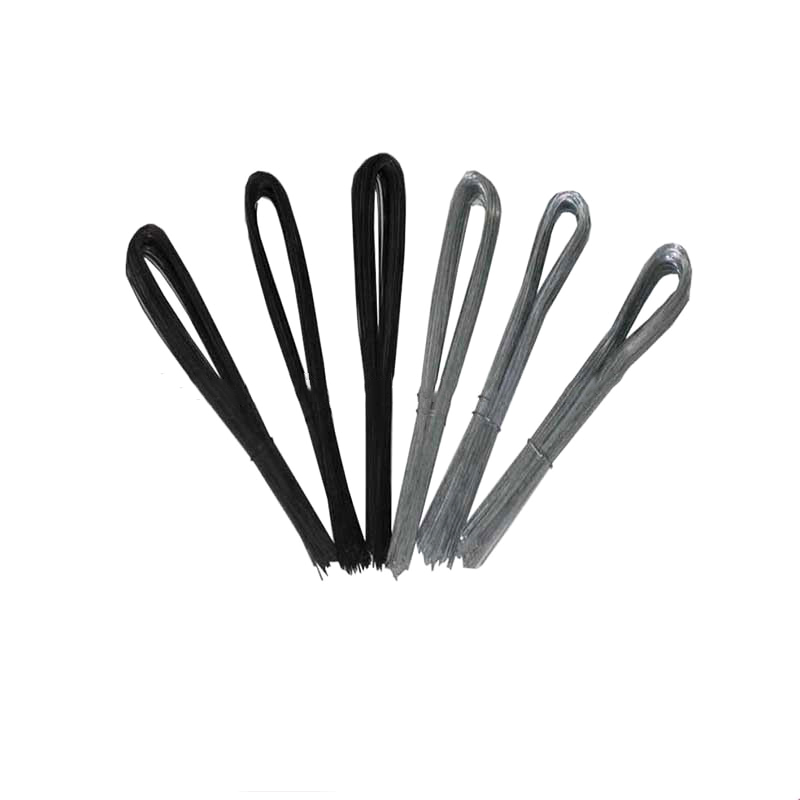
U Type Wire
Product information: Product Name Scaffolding Packing Galvanized Tie Wire Cuttings U Type Binding Wire Material Electro galvanized,hot dipped galvanized,black annealed,PVC coated W […]

Twister Tool
Handle Twister tool,plastic handle: Weight: 0.4kg Color: Black, blue,yellow ,red etc Material: Carbon Steel Plastic Handle Wire Tie / Tying Hook Tool Twister Wooden Handle […]
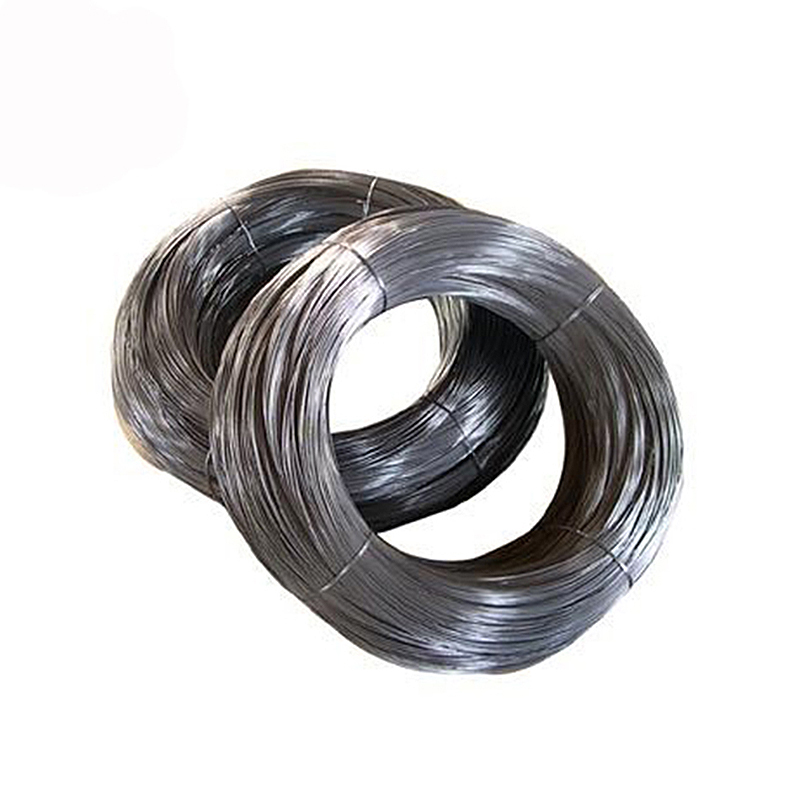
Galvanized Wire
Product information: Product Name Galvanized Wire Package 5kgs/roll, pp film inside and hassian cloth outside or pp woven bag outside 25kgs/roll, pp film inside and hassian […]
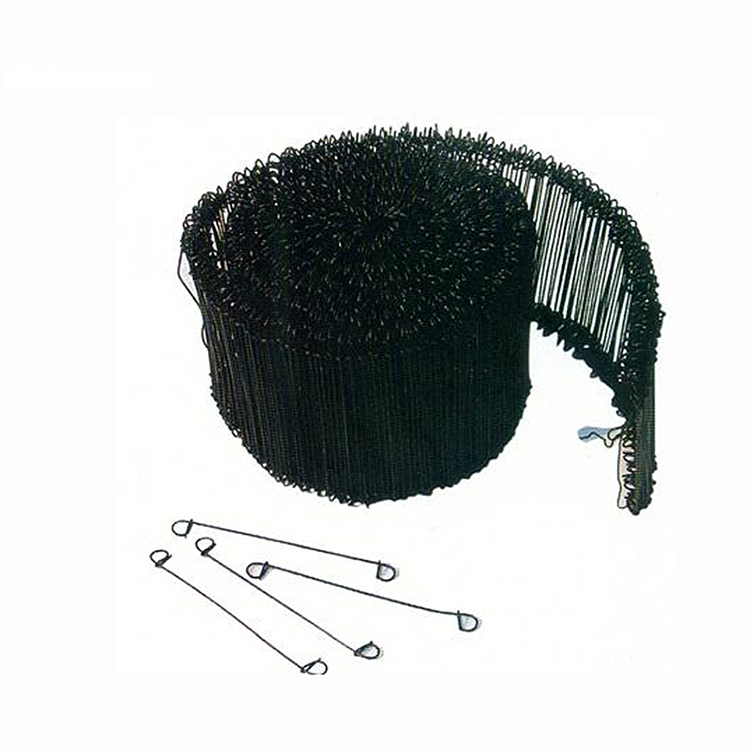
Double Loop Tie Wire
Double loop tie wire material Product Information: Wire diam. 0.5mm—2.0mm Finishes Black Annealed. Galvanized Annealed, Coppered, PVC coated, Stainless steel Wire gauge BWG6 […]

Black Annealed Wire
Product Description: Product name Black Annealed Wire MOQ: No Material Q195,Q235 Delivery time: 20days after payment Surface annealed or as your request Payment terms: T/T,L/C We […]
Post time: 2023-06-09
